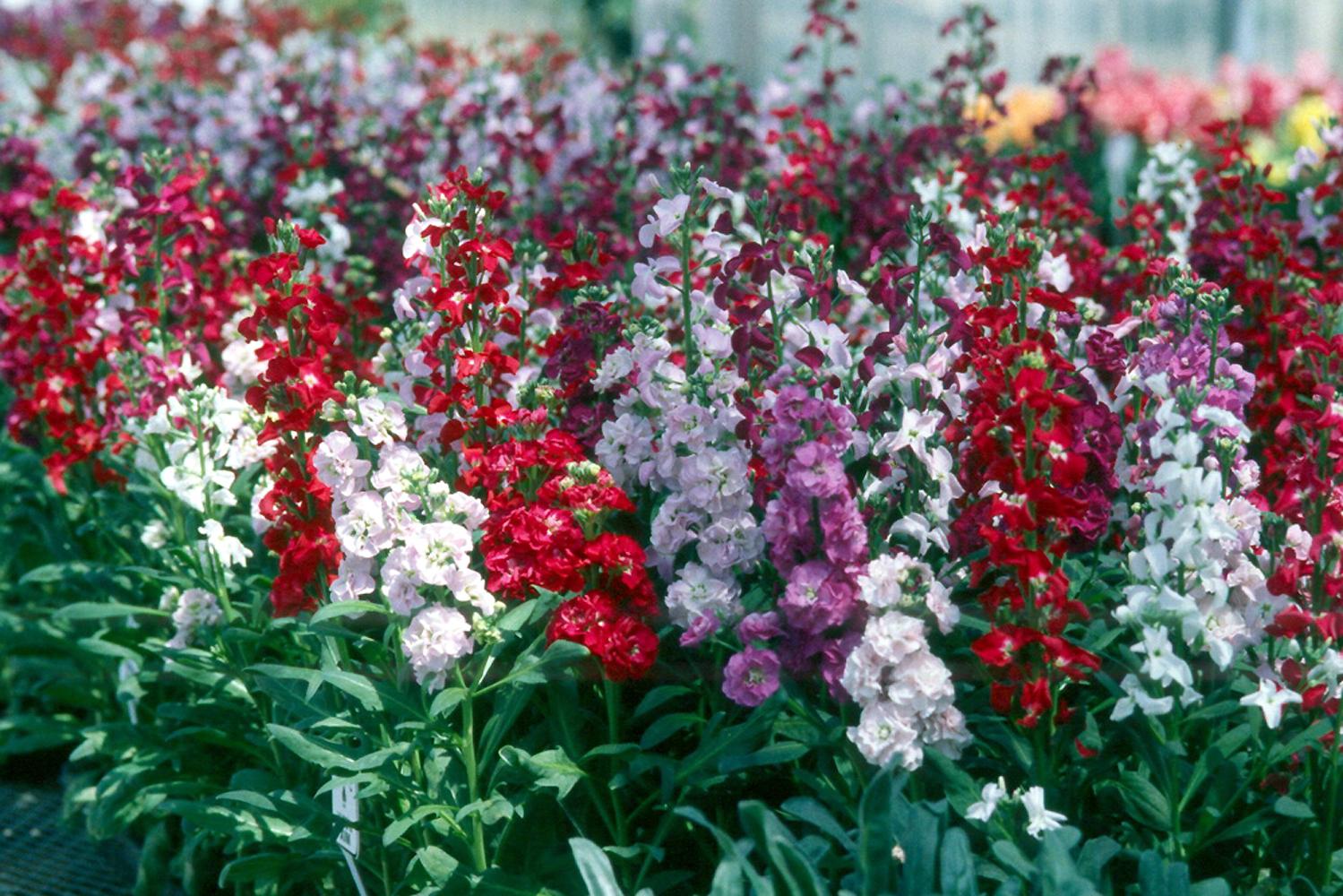Information Possibly Outdated
The information presented on this page was originally released on November 19, 2001. It may not be outdated, but please search our site for more current information. If you plan to quote or reference this information in a publication, please check with the Extension specialist or author before proceeding.
Stock up on cool season flowers
By Norman Winter
MSU Horticulturist
Central Mississippi Research & Extension Center
If you are ready to try something new in the cool season flower garden, you had better start shopping because this fall looks to be the best in quite some time for new, heirloom or unusual plants.
I'd always considered stock to be just something we invested in, but stock is a plant we need to try, especially this time of the year. In fact, stock can be grown across the state if they are planted now. They will bloom in the cool season unless it is really cold, in which case they will endure to bloom in early spring.
We planted stock a few years ago at the Truck Crops Branch Experiment Station in Crystal Springs for the Fall Flower and Garden Fest. They weren't quite as large as I would have liked by the field day, but I was still impressed.
A few Mississippi nurseries were growing them, but the public really had no idea what they were. Botanically speaking, stock is Matthiola incana and is in the cruciferae family with relatives like cabbage, broccoli and collards. Most plants grow 12 to 18 inches tall. They come in white, lavender, pink, maroon, purple and yellow. They are either single or double and borne on vertical spikes. They give an heirloom or cottage look to the garden.
One particular trait that makes them a winner is a very enticing fragrance. They like full sun for best growth and flowering and prefer a bed rich in organic matter and absolutely perfect drainage.
Like most flowers, it is best to buy them not blooming because they will establish much more quickly than those in bloom. This is always a problem with consumers who need instant gratification.
Space the plants 10 to 15 inches apart except with the midget variety that can be planted closer. Side dress every four to six weeks with a slow release 2-1-1 ratio fertilizer, or feed with a dilute water-soluble fertilizer every other week.
This year I have seen more stock for sale than in previous years. Your willingness to try new plants, or in this case an heirloom plant that is new again, will ensure more availability in the years to come.
If you can't find the transplants, then you most certainly can grow from seeds. Plant seeds in flats and cover lightly with soil. Keep the seed-bed moist. Seeds will germinate in about 10 days. Transplants can be set in the garden for late winter planting.
Another plant that is sure to catch your eye is the linaria. This close relative of the snapdragon is fairly new to garden centers. Also known as baby snapdragon, the linaria features delicate looking foliage but has an abundance of flowers that are both bright and colorful. This one is probably best as an early spring crop in the northern portion of the state and a fall crop elsewhere.
Keep them well mulched and deadheaded, and you will find yourself wondering, where this plant has been. If you would like to watch and learn without trying yourself you can see how they do at the southern Wheatley Drive entrance to North Park Mall in Jackson. There are a lot of plants out there. While it is great to have those that are tried and true, we wouldn't be gardeners if we did not want to experiment a little, too!








